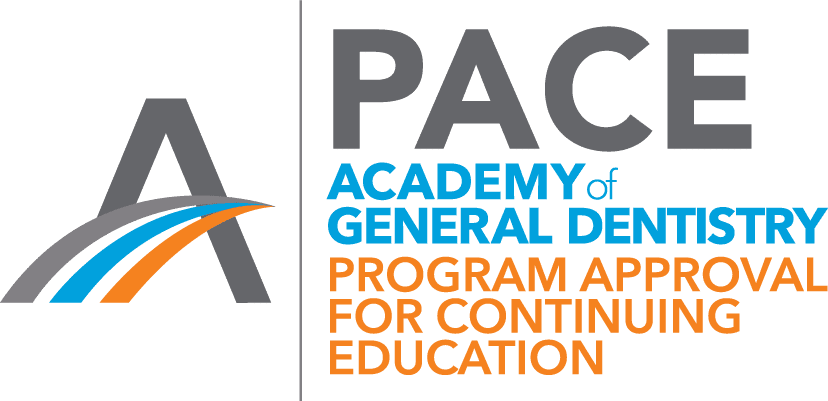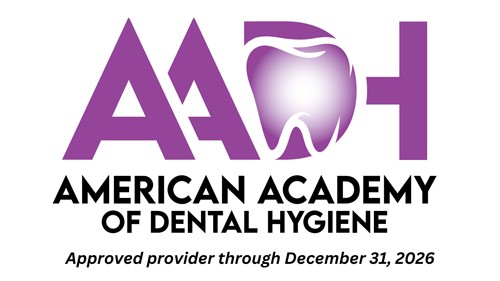Date & Time: Saturday, July 22, 2023, 7:30 AM – 9:30 AM
Speakers: Andreina Sucre International Dentist (DDS), RDH, MS
Learning Objectives:
- Identify pathologies associated with gingival enlargement and gingival bleeding
- Classify and create a decision tree for non-plaque-induced gingival disease pathologies
- Apply the provided knowledge when establishing differential diagnoses for non-plaque-induced gingival enlargements.
- Develop a system to effectively communicate the occurrence of gingival pathologies among the dental team.
- Interpret the clinical signs of the pathologies associated with gingival hyperplasia.
There is no other topic that interests and complexes the dental professional more than oral pathology. When examining a patient with non-plaque induced gingivitis, we must pay attention to clinical signs of erythema, edema, pain, heat, loss of function, swelling in the gingival margin, blunting of the papilla, bleeding, and discomfort upon probing. The complexity of these cases allows for a great margin of error and calls for key players with knowledge of oral anatomy and physiology. Dental professionals hold a unique understanding of the oral cavity that enables us to establish differential diagnoses, treatment plans, and referrals. As key oral care providers we need to see beyond our scope and take all these factors into account when determining a differential diagnosis. A better understanding of periodontal pathologies enables us to better manage lesions and assist in decreasing recurrence.
Gingival enlargement is one of the frequent features of gingival disease. It could be associated with the presence or absence of plaque-biofilm or not,. Due to the variety of presentations, diagnosing the array of pathologies associated with gingival hyperplasia could become challenging for the dental team. For this analysis, clinical manifestations of gingival enlargements are focused only on those not induced by the presence of plaque. It is important to note that typical plaque control is not the recommended treatment in these cases. The importance of a correct decision tree to classify these pathologies is vital to narrow the differential diagnoses.
This course will guide the practitioner in using a decision tree to assist in determining a differential diagnosis for periodontal pathologies. This interactive course takes participants through a variety of case studies allowing the dental professional to experience real life scenarios to better equip them for clinical practice.






